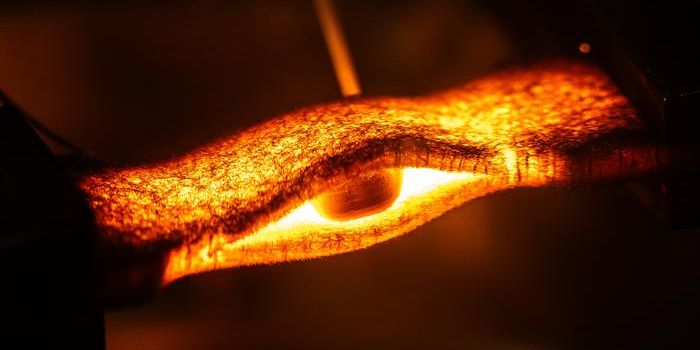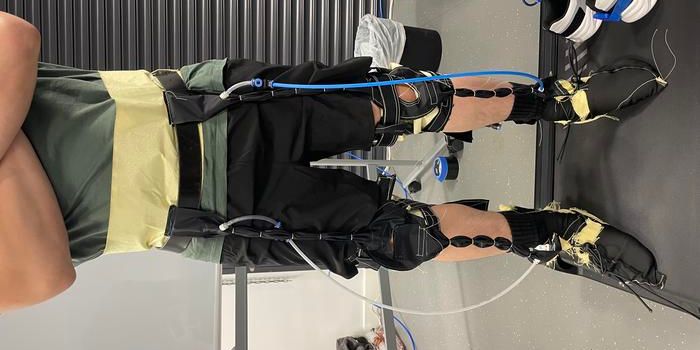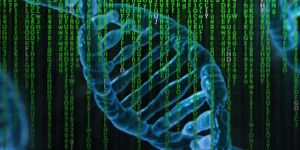Cryonics: Science or Science Fiction?
Cryonics ("Cryo" originates from the Greek word for "cold") is a highly controversial practice that involves deep-freezing and storing deceased human bodies for long term, with the hope that in the distant future the preserved can be resurrected with advanced medical technology.
Although it is based on the similar principle of cryo-preservation, a process biologists use to preserve cells and tissues in liquid nitrogen, but the prolonged storage at ultra-low temperatures can result in irreversible damages to biological entities.
In recent years, cryonics has been slowly gathering some attention due to the progress and discoveries made in model animals such as C. elegans.
In 2015, a study funded by the pro-cryonics Alcor Life Extension Foundation demonstrated that the young C. elegans retained memory for food source molecules after vitrification - the transformation of a body into the glass state using their deep-freezing method. Earlier this year, Japanese scientists identified several fish and fungus-derived ice-binding proteins (IBPs) that showed protective effects on C. elegans tissues and cells, and helped boost their survivability in the cryo-preservation.
Despite the breakthroughs, there's no doub that what can be accomplished on the nematodes won't get easily translated into the human body. Therefore, it is unrealistic to think that scientists can successfully revive a frozen corpse any time soon, whether he or she has terminal diseases.
Source: ACS Reactions via Youtube








